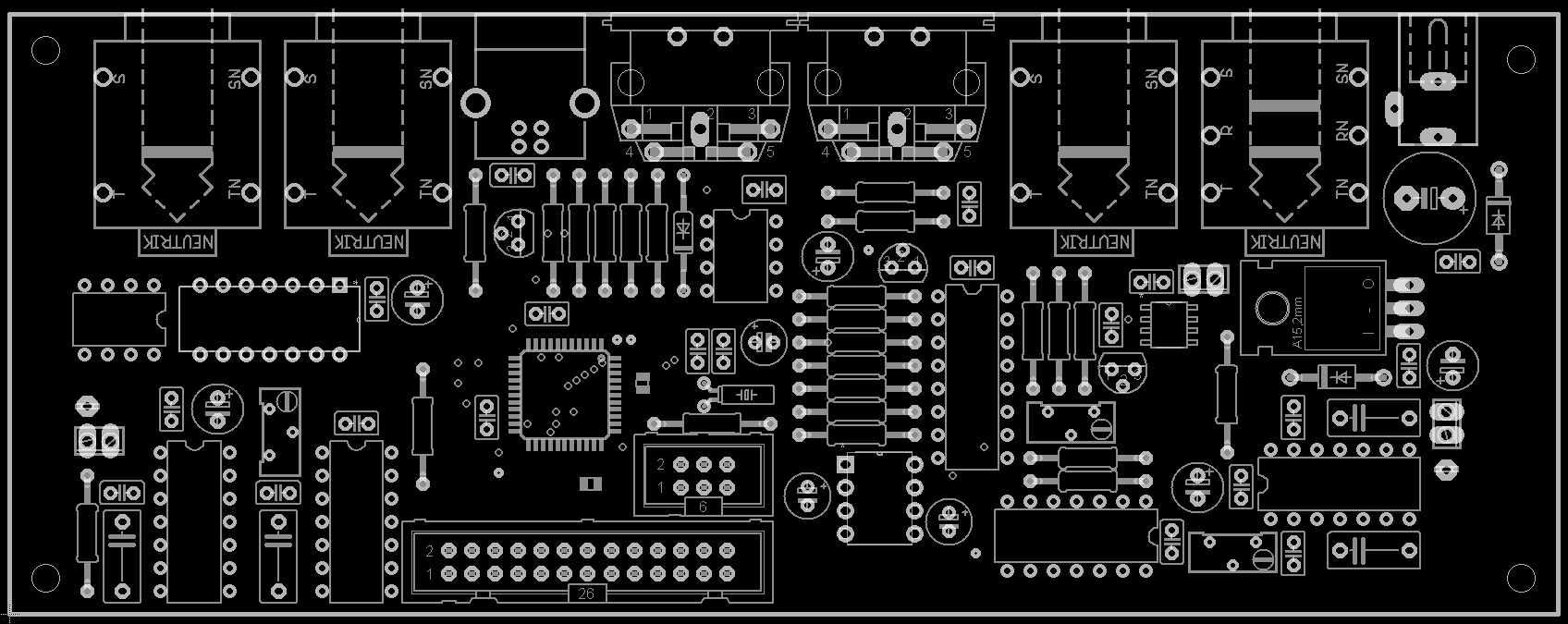Its difficult to build a theremin after someone elses plans. But its much more difficult to create these plans on your own.
I know there are already some digital schematics on the web - but I wanted to create my own version. So here is the announcement.
The deadline for my V1.0 of my theremin is the 1.3.2017. Until then I want to have a circuit board and all features working. You could call it a beta version.
Here are the main features, most of them are tested, verified and the circuit board is nearly ready to produce:
- min. 196 kSps
- 12bit DAC - even at the lowest volume every single bit is used
- standalone application - no computer or other external device neccessary
- mute detection with touching the volumeantenna - mute indicated with a LED
- one switch-encoder + 2x16 LCD display as navigation
- calibration of the playable field of the antennas
- setable tone range up to the complete piano range
- pitch correction using various scales with a adjustable keynnote
- 8 custom waveforms, made up of to 10 single waveforms with settings for: volume, frequency multiplier, phase, offset, shape
- waveform is choosed using a conrol knob
- control knob for mix of original signal and pitch correction
- Delay-control knob : controls the time on which your hand have to stay on its position until a new note is played
- Master-Volume knob
- connection for 8 ohm speaker on board
- various effects on board: Tremolo, Vibrato, Chorus, Flanger
- midi In/out, CV out [2x], USB, mono/stereo
- only 4 parts are smd the rest is dip
- all inut direct on the pcb, knobs etc. are connected to a single connecter
- size of pcb is 17x6.6cm
I am open for any ideas and sugestions. Especialy i would like to know what you would like to do with USB and Midi in, because there probably wont be any functions on that outputs in V1.0.
Here an early version, it could look like this:

See you!


